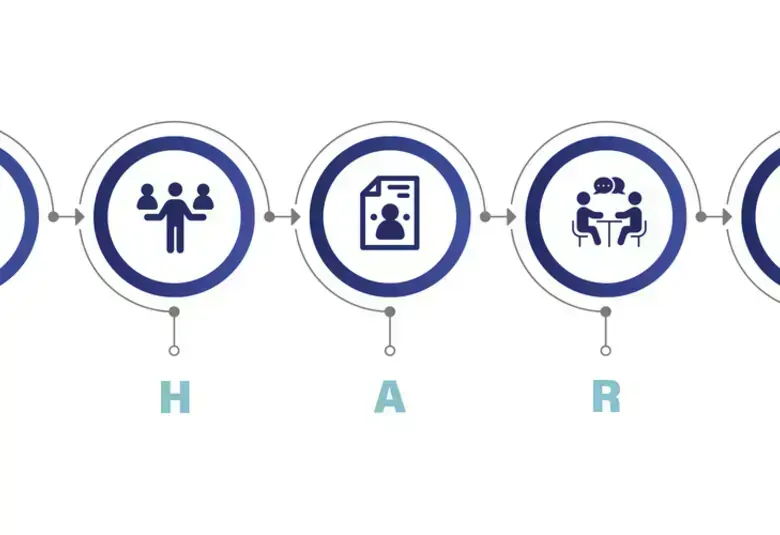Challenges in the development of disease-modifying therapy for Alzheimer’s disease (AD) – determining the translatability of treatment between autosomal dominant and sporadic disease and optimizing dosage using pharmacokinetic/pharmacodynamic modeling – were presented at a symposium on anti-amyloid therapies at AAT-ADPD.
Many anti-amyloid immunotherapies that bond to and remove aggregated β-amyloid and prevent further β-amyloid aggregation have been developed and are being investigated in trials involving patients with sporadic AD (SAD) and autosomal dominant AD (ADAD). A key question is whether treatment for ADAD will translate into treatment for SAD and vice versa.
By definition, ADAD is caused by a pathogenic mutation, whereas the cause(s) of SAD are still not certain, said Randall Bateman, Professor of Neurology, Washington University School of Medicine, Saint Louis, USA. Different causes may lead to different early pathophysiologies in SAD and ADAD, before their common pathophysiological pathway involving amyloid deposition, hypometabolism, cortical atrophy and cognitive decline.
Treatment translatability between ADAD and SAD is a reasonable expectation
Although age of onset is a major difference between ADAD and SAD, he suggested that —depending on the mechanism of action of the therapy and the stage of the disease — there is a reasonable expectation that treatment for one will translate to the other.
To support this translatability between SAD and ADAD, Professor Bateman cited:
- The similar clinical and cognitive presentations and the same gross microscopic pathology in SAD and ADAD
- Their merging pathophysiology with a similar time course characterized by increasing amyloid deposition starting up to 20 years before diagnosis followed by increasing hypometabolism 10 years later and then increasing cortical atrophy and cognitive decline
- Mutations in ADAD increase production of β-amyloid which seed and grow, but the impaired clearance of β-amyloid that further declines with age is almost identical to that in SAD
Optimizing dose through modeling and clinical trial simulations
Carsten Hofmann of F. Hoffmann-La Roche, Basel, Switzerland described the use of mathematical pharmacokinetic (PK)-pharmacodynamic (PD) models to determine a dosing regimen to combine safety and efficacy for a human anti-β-amyloid monoclonal antibody.
PK-PD models successfully determined an optimized dosing regimen
The model was applied after a Phase 3 trial was halted for lack of efficacy, but further analyses indicated that there had in fact been a concentration-dependent effect of the anti-β-amyloid monoclonal antibody on plaque removal and on scores on the Alzheimer's Disease Assessment Scale-Cog in a subgroup of “fast progressors,” he explained.
Slow up-titration of dose mitigates patients’ sensitivity to β-amyloid plaque-clearing agents at the start of therapy and the PK-PD models successfully simulated different titration regimens to determine optimized dosing for both ApoE-e4 carriers and non-carriers. These regimens can be used in further Phase 3 trials.




